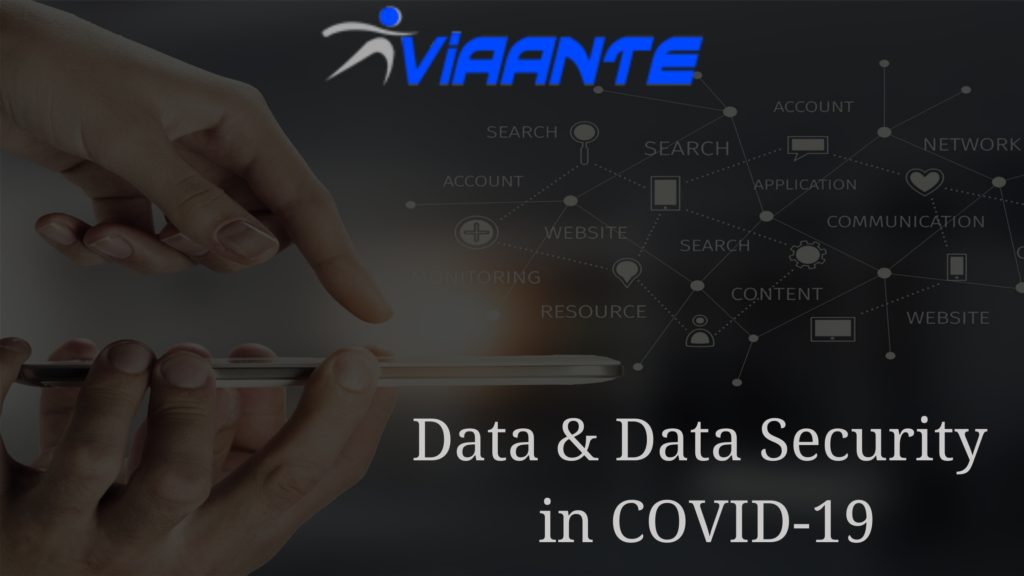The world population is in billions and it keeps growing. Since the pandemic, more and more people are working from home. Technologies just like the Internet of Things, edge computing, and AI are being adopted at increasingly rapid rates. It’s phenomenal to contemplate the amount of change we are all currently experiencing. On numerous levels, our country along with other countries across the world are dealing not only with the coronavirus pandemic, but also with the new financial and technological pressures to rebuild our economies and our communities in foundational ways. Critical to any society are all types of organizations and enterprises that power the economy (banks, government, manufacturers, schools, energy, etc.) All are facing the pressure to re-engineer their systems, tools, and processes to provide better data which is fundamental to improving insights and driving well-grounded business decisions. The demand for consumer endpoint devices is growing. All these factors result in the proliferation of enterprise data.

In a bid to better manage the ever-accelerating amount of information, businesses need to understand how and where data is gaining in volume. Essentially, this boom in information means that organizations need to be savvy and intentional about managing data. Too much enterprise data ends up in silos, which cannot be accessed by all who need it. Without automated methods and clear communication about different types of data and its purposes, managing data sprawl becomes untenable. There is no such company who will want their business data unleveraged and sitting dormant on servers. But for too many organizations, data is an underused, intangible asset that isn’t seen on a balance sheet—even though data has the power to drive new sources of revenue and improve customer experiences and operational efficiencies. Data can increase enterprise value even without being formally represented in financials.
The value of data for any given enterprise involves many variables, including the industry within which it is created, the purpose it serves, and if and how it is eventually monetized.
The main objective of data management is to facilitate an integrated and holistic view of data and enable users to access and derive optimal value from it—both data in motion and at rest. Data security is consistently rated among the highest concerns and priorities of IT management and business leaders alike. But we can’t say that technology is always the answer in ensuring that data is securely and safely stored. A key challenge is getting alignment across organizations on the classification of data by risk and on how data should be stored and protected.
Two thirds of survey respondents report insufficient data security, making data security an essential element of any discussion of efficient data management.
Data governance may seem an afterthought—or at least not the highest priority—right now. But in so many ways, the time has never been better to address issues that have hounded all types of organizations for a very long time. And the common denominator is data.
However, simply installing new and better tools for data management won’t necessarily fulfill the needs of your key end-users. In designing data governance, you’ll be designing the infrastructure that ties these capabilities back to the original business goals. And we are here to help you do that. Viaante is one of the leading data management services companies who have the skills and expertise to offer effective and accurate data management services. We help to reinforce use of data as well as its management, thus resulting in a complete quality control of data governance. Viaante is known for top data management services in India and our remarkable services avail you to manage all the data in a well-structured way and have a successful business.
Working with Viaante Business Solutions, a leading data management company in India will ensure seamless data delivered without any compromise to quality. To know more about our services, visit www.viaante.com





